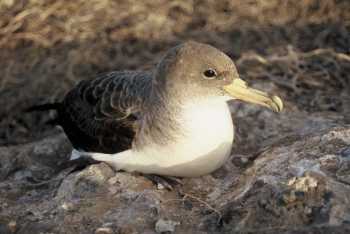Rémi Choquet (Centre d'Ecologie Fonctionnelle et Evolutive, Montpellier, France) and colleagues, writing in the journal Methods in Ecology and Evolution look at ways of analysing demographic data from Scopoli’s Shearwaters Calonectris diomedea.
The paper’s summary follows:
“Two-level data, in which level-1 units or individuals are nested within level-2 units or clusters, are very common in natural populations. However, very few multilevel analyses are conducted for data with imperfect detection of individuals. Multilevel analyses are important to quantify the variability at each level of the data.
In this study, we present two-level analyses for estimating demographic parameters from data with imperfect detection of individuals and with a source of individual variability that is nested within a source of cluster variability.
This method allows separating and quantifying the phenotypic plasticity or facultative behavioural responses from the evolutionary responses. We illustrate our approach using data from studies of a long-lived perennially monogamous seabird, the Cory's shearwater (Calonectris diomedea) and a patchy population of collared flycatchers (Ficedula albicollis).
We demonstrate the existence of dependence in recapture probability between paired individuals in the Cory's shearwater. In addition, we show that family structure has no influence on parent–offspring resemblance in collared flycatchers dispersal.
The new method is implemented in program E-SURGE which is freely available from the internet.”

Cory's Shearwater Calonectris borealis. Photograph by Paulo Catry
Reference:
Rémi Choquet, R., Sanz-Aguilar, A., Doligez, B., Nogué, E., Pradel, R., Gustafsson, L. & Gimenez, O. 2013. Estimating demographic parameters from capture–recapture data with dependence among individuals within clusters. Methods in Ecology and Evolution. DOI: 10.1111/2041-210X.12030.
John Cooper, ACAP Information Officer, 5 March 2013

 English
English  Français
Français  Español
Español